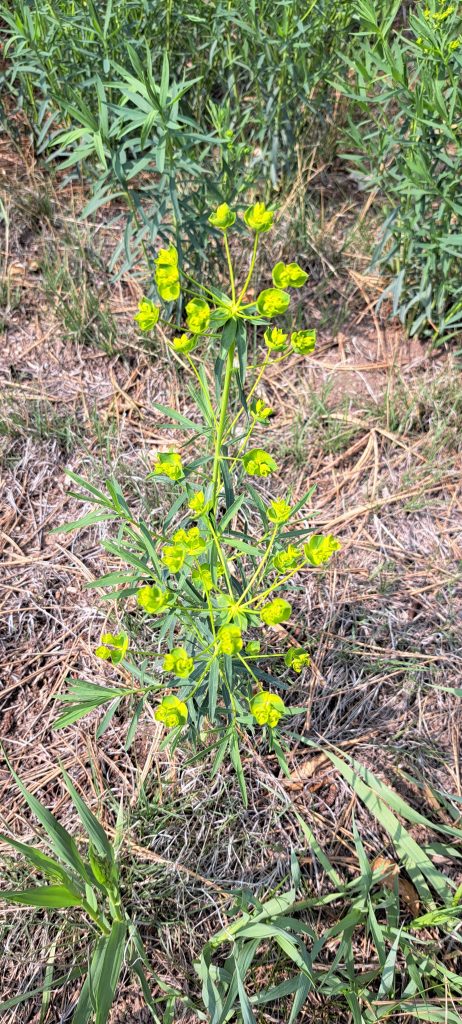By Janet Sellers
Is June too late to plant summer flowers and crops in our area? With moisture from heavy May rains and hot dry summers, we can still plant some greens easily in pots or in the ground, planning waterings to protect against moisture loss.
We started kale, lettuces, and sunflowers at the Tri-Lakes Cares food garden in late May, and they sprouted in four days! If bought for transplanting, fruiting plants (peppers, tomatoes, eggplant, etc.) that should’ve been in the ground by now will provide summer and fall harvests. Choose fast-growing seeds of beans, beets, and squash for late summer crops—even everbearing strawberries could offer fruit this year.
Flowers that grow well in our area include cosmos, bachelor buttons, marigolds, sunflowers, and zinnias, and they will all sprout and grow easily from June planting. Some of the issues in the last few years for our local victory gardens include late snows/frosts and invaders: gophers, voles, moles, and deer. We live in a clime perfect for wildlife, and they are here. Gardens are nice for us, but easy pickings for the varmints, too. What to do?
Castor oil mixed with plain clay cat litter and broadcasted protects lawns. Also successful in keeping critters away is scattering this for a 2-foot border outside the flower or food beds. We know that pet cats and feral “community” cats are effective to keep critters out of the garden. Many farmers and homesteaders add diatomaceous earth to farm animal and cat food to protect them from possible parasites.
Protect your pets and kids
The rain helped a lot of plants get started, including weeds. We have some noxious weeds to look out for and remove, usually just pulling them with gloved hands is enough. We see the harmful, invasive spotted knapweed (a bushy plant of tiny, scraggly, pink or white thistlelike flowers); spurge (greenish-yellow flowerlike bracts of seeds), and the butter-n-eggs (which look a little bit like tiny snapdragons) are about a foot tall in June on roadsides, landscape edges, etc. The spurge latex sap seriously irritates the skin of people and animals and can cause human blindness upon eye contact.
Janet Sellers is an avid “lazy” gardener, letting Mother Nature’s wisdom lead the way to gardening in the high desert Rocky Mountain clime. Contact her at JanetSellers@ocn.me

Other High Altitude Nature and Gardening articles
- High Altitude Nature and Gardens – Wild Horse Fire Brigade: successful fire mitigation since the beginning of…plants (7/31/2025)
- High Altitude Nature and Gardening (HANG) – Gardening with nature’s beautiful bouncers (7/3/2025)
- High Altitude Nature and Gardening (HANG) – Enjoying nature in summer, high altitude landscaping, and weed control (6/7/2025)
- High Altitude Nature and Gardening (HANG) – May: new trees from tree branches, plant partners, bee kind (5/3/2025)
- High Altitude Nature and Gardening (HANG) – Earth Day and the joys of gardening (4/5/2025)
- High Altitude Nature and Gardening (HANG) – Wild outdoors: pine needle bread, gardening in March (3/1/2025)
- High Altitude Nature and Gardening (HANG) – Fermented February, cocoa mulch, and a chocolate “workout” (2/1/2025)
- High Altitude Nature and Gardening (HANG) – January is a seed starter month (1/4/2025)
- High Altitude Nature and Gardening (HANG) – Winter, our backyards, and forests (12/5/2024)
- High Altitude Nature and Gardening (HANG) – Let’s protect our forests, soil, and gardens (11/2/2024)
